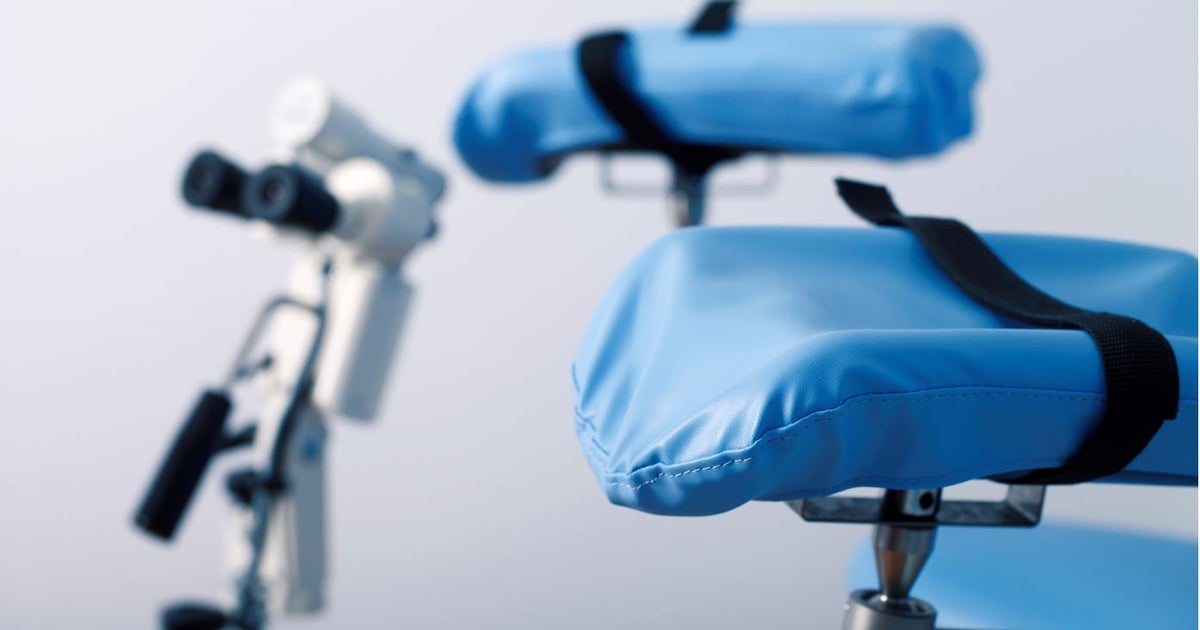Twin Cities Doctors Receive Grant To Study Promising Therapy For Spinal Cord Injuries
MINNEAPOLIS (WCCO) -- A breakthrough therapy for spinal cord injury patients just got a big boost here in Minnesota.
A state grant was just awarded to researchers at the University of Minnesota and Hennepin County Medical Center to study epidural spinal cord stimulation.
The therapy utilizes a device implanted along the spine that sends an electrical impulse. Clinical trials in other states showed people were able to move their previously paralyzed muscles.
Leslie Jablonski is with the BEL13VE In Miracles Foundation, and the mother of Jack Jablonski. Her son became a quadriplegic after he was injured during a high school hockey game four years ago.
"It's just so obvious that this epidural stimulation implant is the way to go," she said.
Jablonski says she's excited about what research in other states has revealed about epidural spinal cord stimulation.
"I'm talking about body temperature regulation, bladder and bowel function, sexual function, hand movements..." she said. "Some people have been able to take steps -- stand and put weight on their feet."
Soon, doctors at the University of Minnesota and HCMC will be implanting stimulators in spinal cord injury patients and observing them.
"An epidural stimulator, you can put anywhere in the spine, depending where you would want to maximumly stimulate," University of Minnesota neurosurgeon Dr. Ann Parr said. "But definitely, you would want to put it below the level of the injury."
Instead of delivering anesthesia to reduce the pain of childbirth, this epidural would deliver electricity to excite the nervous system.
"Not only will it improve their function when it's turned on, the amazing thing is that after you have this implanted for a while, when you turn it off again, you still have some improvement of function," Dr. Parr said. "That's pretty incredible."
Matthew Rodreick is with the Get Up Stand Up To Cure Paralysis Foundation.
"There are a number of states that have passed legislation to fund spinal cord injury research," he said. "The places where we've seen innovation happen are the states that have funded to expedite the research."
Last year, the Minnesota state legislature approved the funding for the research grants, which are specifically for spinal cord and traumatic brain injury research. It's $500,000 per year, divided among four recipients -- $125,000 each.
The Mayo Clinic is conducting separate research on spinal cord injuries, and the Jablonski family's Believe in Miracles Foundation is offering financial support to those studies.
Jack Jablonski is now a college student at the University of Southern California. His mom says his upper body strength is beyond what they expected -- he can move his arms and fingers to some degree and he can text, but he still has no leg movement.
Leslie Jablonski hoping these additional clinical trials will speed up FDA approval for the epidural therapy.



